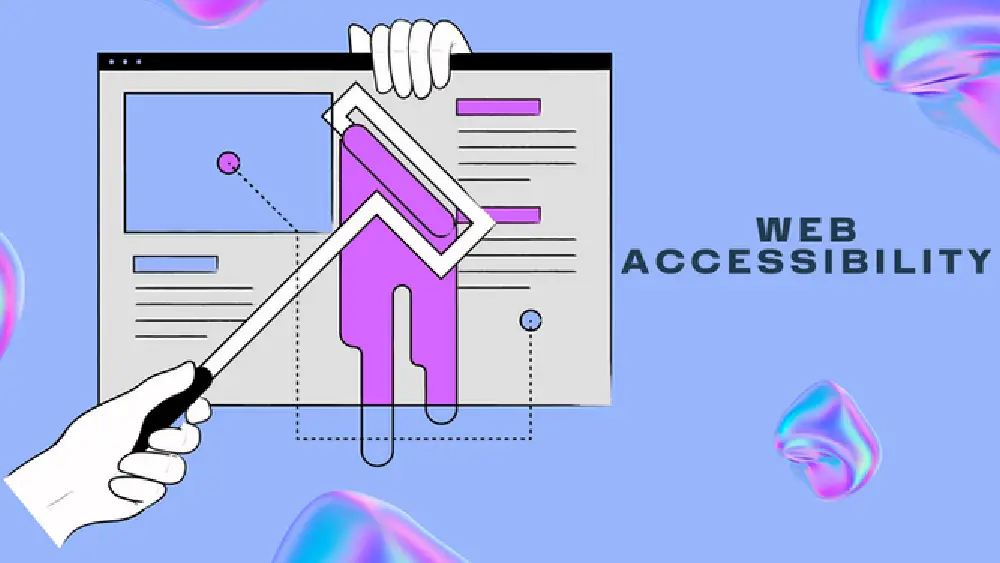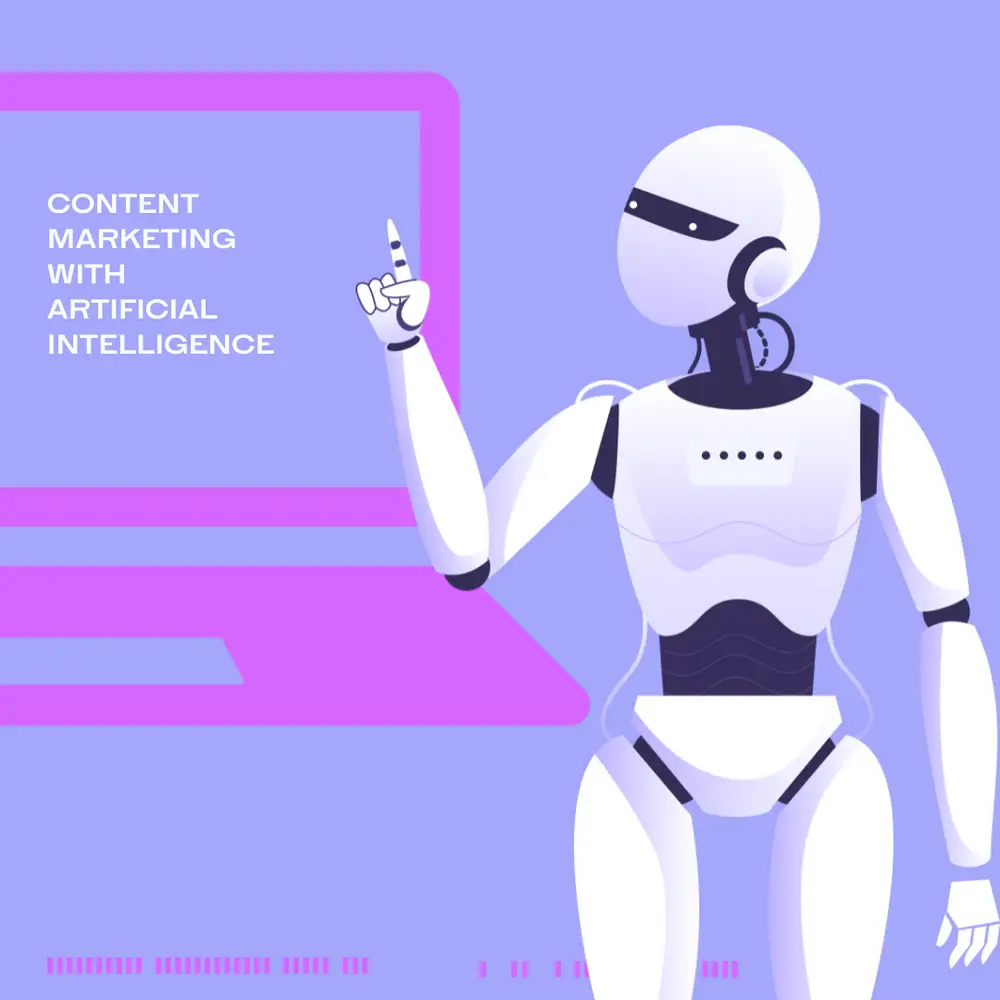What is Web Accessibility?
Web accessibility is the process of making websites usable by everyone–including people with disabilities who may need assistance navigating your website. By ensuring that your website is accessible, you can improve the user experience for everyone who visits your site. Additionally, making your site accessible can boost engagement and conversion rates.
Why is Web Accessibility Important?
Web accessibility ensures that everyone can access and use web content, regardless of their ability or disability. This is essential for inclusion and equity. Overall, web accessibility ensures all user experiences are optimal, resulting in increased traffic and conversions. Certain areas and industries have laws and regulations about accessibility that can further impact your web accessibility needs.
Types of Disabilities and How to Design for Each
There are many different types of disabilities that can impact a person’s ability to use a website or web application. Here are some common types of disabilities and how you can design for each:
-
Visual impairments: People with visual impairments may have difficulty seeing content on a screen. Designs for this disability revolve around the size and contrast of your text. Make sure the text is large and legible with enough contact to the background to improve your accessibility here.
-
Hearing impairments: People with hearing impairments may have difficulty understanding audio content. Designing for this type of disability means providing transcripts or captions for all audio content, and making sure that any video content has clear visuals and subtitles.
-
Motor impairments: People with motor impairments may have difficulty using a mouse or keyboard to navigate a website or web application. Keep your design accessible by making sure that all content is accessible via keyboard navigation, and that there are alternative methods for interacting with elements on the page (such as using voice commands).
Auditing Your Website for Accessibility Issues
There are a few different ways to go about auditing your website for accessibility issues. One option is to use an automated tool like the WAVE Web Accessibility Evaluation Tool. This tool will scan your website and provide a report of any potential accessibility issues it finds.
Another option is to manually check your site for accessibility issues. This can be done by using a checklist of common accessibility problems (such as alt text for images, closed captions for videos, and proper labeling of form fields) and testing each element on your website to see if it meets the criteria.
Whichever method you choose, auditing your website for accessibility issues is an important step in ensuring that all users can enjoy your content.
Common Myths Surrounding the Implementation of Web Accessibility
When it comes to the topic of web accessibility, there are a lot of myths and misconceptions floating around. Let’s dispel some of the most common ones:
Myth #1: Web accessibility is all about compliance.
No. While complying with web accessibility standards is certainly important, it’s not the be-all and end-all of accessible design. Creating an accessible website means taking into account the needs of all users, regardless of ability or disability. It’s about making sure that everyone can use and enjoy your site.
Myth #2: Accessible sites are ugly and unusable.
No again. Just because a site is designed to be accessible doesn’t mean it has to sacrifice style or functionality. In fact, many accessible websites are incredibly well-designed and user-friendly. We can assure you that!
Myth #3: Web accessibility is too expensive and time-consuming to bother with.
This is perhaps the biggest myth of all. Yes, designing an accessible website takes time and effort, but it’s well worth it in the end. Not only will you be providing a better experience for all users, but you may also find that you attract more visitors and customers as a result.
Conclusion
Designing for web accessibility is an important part of creating an enjoyable user experience and increasing engagement. It ensures that your website or app can be accessed by all users, regardless of their abilities or disabilities. We can help you design an accessible website– reach out for a consultation today!




